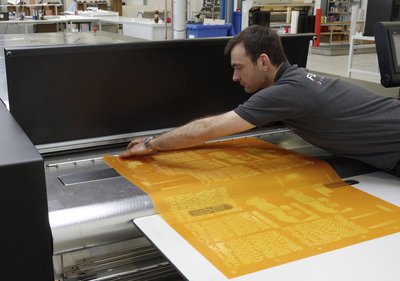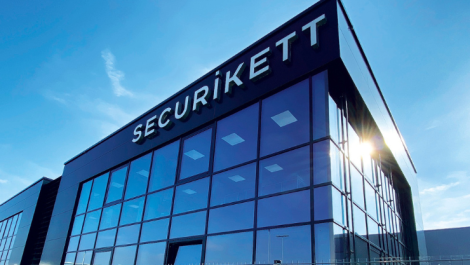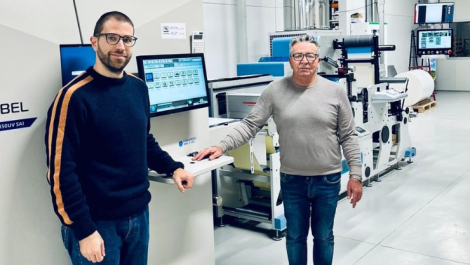After UV exposure and removal of the TIL, the Flexcel NX plates are washed and dried in an automatic processing line
Plate manufacturer Flex-Punkt has invested in the Kodak Flexcel NX wide system to provide its customers with plates that can achieve high-resolution flexographic printing.
This business, which is active in the prepress sector, uses direct laser engraving technology to manufacture elastomer endless sleeves and plates as well as photopolymer sleeves and plates in-house, and can supply the latter products mounted on either sleeves or cylinders.
The company has invested significantly in digital platemaking equipment in recent years. Alongside the Kodak Flexcel NX wide system company has two systems for direct laser engraving of elastomer sleeves and plates and a laser imager for round photopolymer plates. ‘There were two main reasons for investing in the Kodak system. On the one hand, more and more of our customers were asking for printing plates that would permit high-resolution flexographic printing or give them an easy point of entry into the world of higher screen rulings. On the other hand, at the level of our photopolymer operations, we needed a replacement for our ageing LAMS laser system that dated back to the year 2000,’ said Günther Weber, managing director.
The system’s flat-top dot technology ensures that tonal values are transferred to the printing plates dot-for-dot with no loss of fidelity. This results in the creation of solid, full-amplitude screen dots with flat, sharp tops across the entire tonal range on the plates.
The company supplies Flexcel NX plates to a whole range of printing works. Volker Ruge, the company’s operations manager, explained, ‘One advantage in the current environment is that the market is now familiar with this plate. Using Flexcel NX Plates, printers can achieve better results and move up to the next screen resolution without needing to make any major changes to their parameters. If they previously worked with a 106 lpi screen, then the Flexcel NX Plates allow them to switch to a 122 lpi or 132 lpi screen without any great difficulty. Provided everything is optimised, it is possible to achieve outstanding results with even finer screens using this plate. In this case, the printer has to modify certain things such as the anilox rollers, and we too have to make certain job and substrate-specific adaptations to the data during our prepress work.’






